The age of technology is here and the function of the web development company is paramount for ensuring business success. A strong web presence and a growing need for skilled web development companies in Australia have risen dramatically. This article is an essential guideline to identify the most reputable web development businesses and provides businesses with a plan for collaborating with reliable suppliers.
The screening process carefully considers important factors like expertise in the field, technological proficiency, portfolio quality, customer recommendations, and the ability to provide cutting-edge, user-centric solutions. By highlighting the best of the crop in web-based development firms from Australia, companies can simplify their search and form relationships with businesses that are adept at recognizing their unique requirements. This will result in the development of impressive online platforms that are tailored to particular requirements. This helps enterprises keep ahead in the constantly evolving digital landscape.
1. Devstree Australia: Leading the Way Since 2013
Devstree Australia stands out as a top web development business that has a proven track record of high-quality service since it was founded at the end of 2013. Devstree, based in Gladesville, NSW, has created a market for itself by providing innovative solutions tailored to customers’ particular requirements. With an experienced team of experts, Devstree excels at creating beautiful and robust websites that can propel companies toward new heights of accomplishment. It doesn’t matter if it’s eCommerce platforms, CMS, or customized software solutions; Devstree Australia ensures unparalleled high-end quality and customer satisfaction.
Website: https://www.devstree.com.au/
2. Kady Creative: Crafting Iconic Brands Since 2016
In 2016, Kady Creative emerged as an agency focused on growth and dedicated to making businesses legendary brand names. Kady Creative, located in Sydney, NSW, adopts a comprehensive method of web development using strategy and creativity to produce outstanding outcomes. From strikingly beautiful design to a flawless user experience, the portfolio of Kady Creative will show its dedication to quality. If you’re a start-up looking to create your brand or an established business looking to improve the quality of your website, Kady Creative can bring your idea to the world.
3. Flexbox Digital: Setting the Standard for Quality Service
Flexbox Digital, established in 2016, has quickly become an industry leader for quality services and client satisfaction. Based in Melbourne, Flexbox Digital specializes in the creation of custom-designed web solutions that are a hit with customers and users alike. Focusing on the latest innovations and user-centric designs, Flexbox Digital goes above and beyond client expectations. It doesn’t matter if it’s responsive website design, mobile application development, or other digital marketing techniques, Flexbox Digital leverages modern technologies that deliver the best performance. If you select Flexbox Digital, it’s more than just investing in a website; you’re investing in a truly transformative experience.
4. We Discover: Mobilizing Meaningful Experiences
Since the beginning of its existence, We Discover has been an innovator in design thinking and creating positive experiences that people require and want. The company is located in Sydney, We Discover takes an approach centered on human beings when it comes to the development of websites, emphasizing empathy and creativity at the center of all they accomplish. From concept to implementation, We Discover collaborates closely with their clients to realize their ideas. It doesn’t matter if it’s user research prototypes or user tests, We Discover employs a strict process to make sure that each project is of measurable value and builds lasting relationships with the users.
5. Nyblecraft: Enabling Businesses through Technological Innovations
Nyblecraft was founded in 2015 and has been committed to helping companies grow by leveraging innovation in technology. The company is based in Sydney, Nyblecraft specializes in using cutting-edge technology to design custom web-based solutions that help drive business expansion. By focusing on performance and scale, Nyblecraft equips businesses with the necessary tools to be ahead of today’s ever-changing market. It doesn’t matter if it’s AI-powered chatbots, IoT integrations, or blockchain technology, Nyblecraft empowers businesses to embrace the future with faith.
Choosing the best web development company for your project:
Budget: Create a precise budget and prioritize companies with transparent pricing that is in line with your financial goals. Be aware that the cheapest choice may not yield the most effective results.
Project Scope: Determine the extent of your project concerning features, functionality, and specific requirements. Look for web-based development companies located in Australia that have experience in handling projects like yours.
Tech Expertise: Assess the proficiency of the business’ technical team and knowledge of the most recent technology for web development frameworks and standardization in the industry. It is important to ensure that your website project is developed using the most modern and flexible solutions.
Post-launch Support: Take a look at your company’s strategy for after-launch support and maintenance. An experienced partner will provide continuous support, upgrades, and tools to ensure that your site is secure, current, and running at its best.
When you consider these aspects, you can make an informed choice about the best web development firm located in Australia that is compatible with the requirements of your project and your expectations.
Conclusion,
Choosing the right web development company in Australia is a pivotal decision that profoundly influences the success of your online endeavors. It is essential to carefully examine various aspects including a budget, the scope of the project business experience, communications strategy, technical competence, and support after launch.
Although cost is important, it should not be the only determinant. Spend time researching and comparing various firms, soliciting proposals, or discussing them. This will help you determine their understanding of your requirements and their compatibility with your company’s ethics.
By conducting a thorough analysis and taking into account the above factors, you increase your chances of working with a reliable and reputable web development firm such as Devstree Australia. This type of collaboration will ensure the fulfillment of your goals and the achievement of your goals online.






.svg)

.svg)


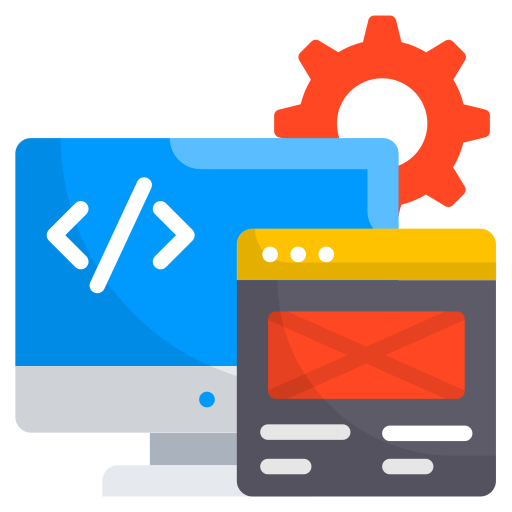


.png)


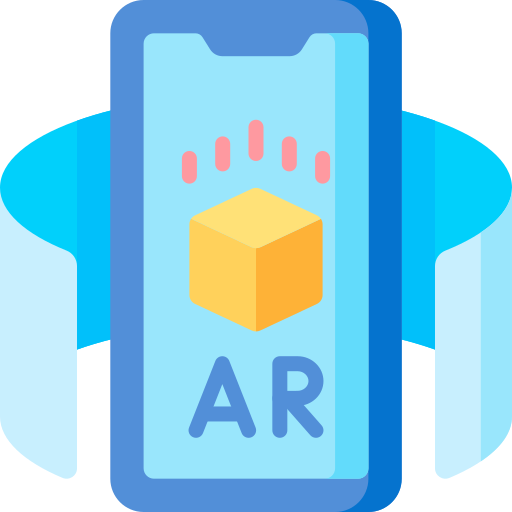
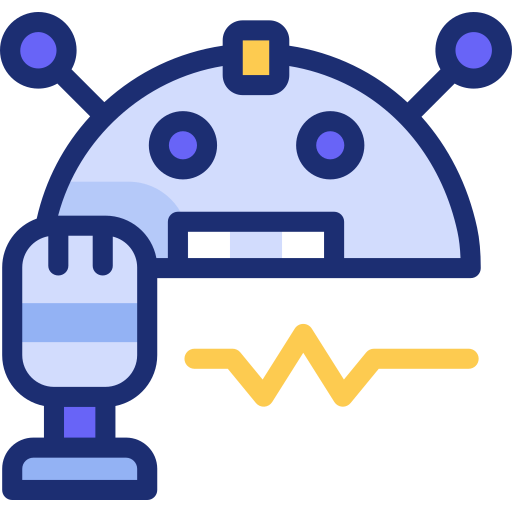


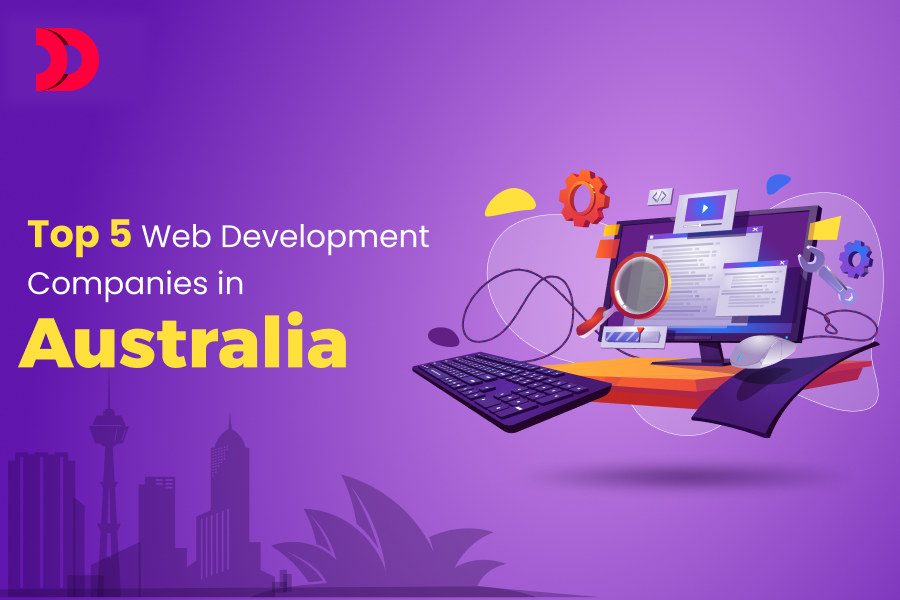
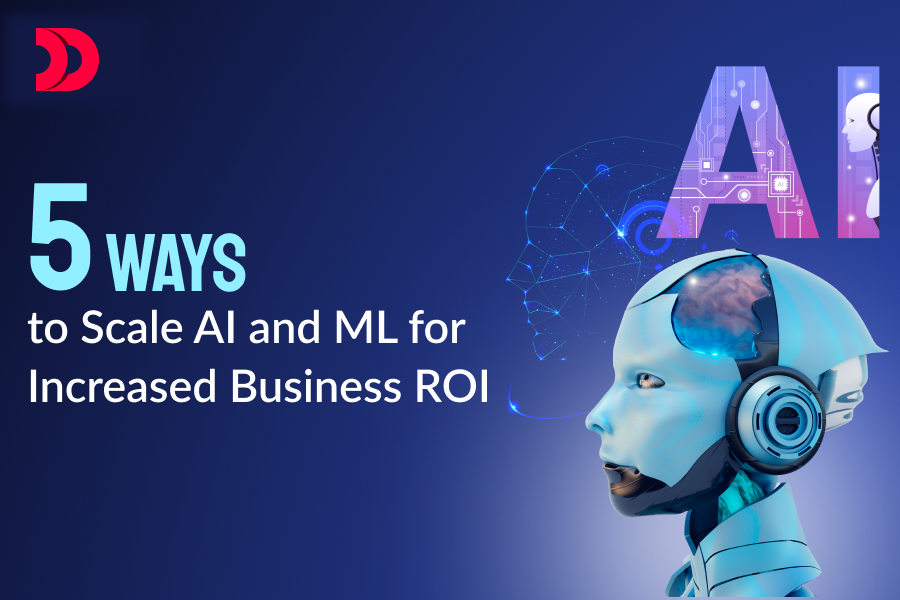
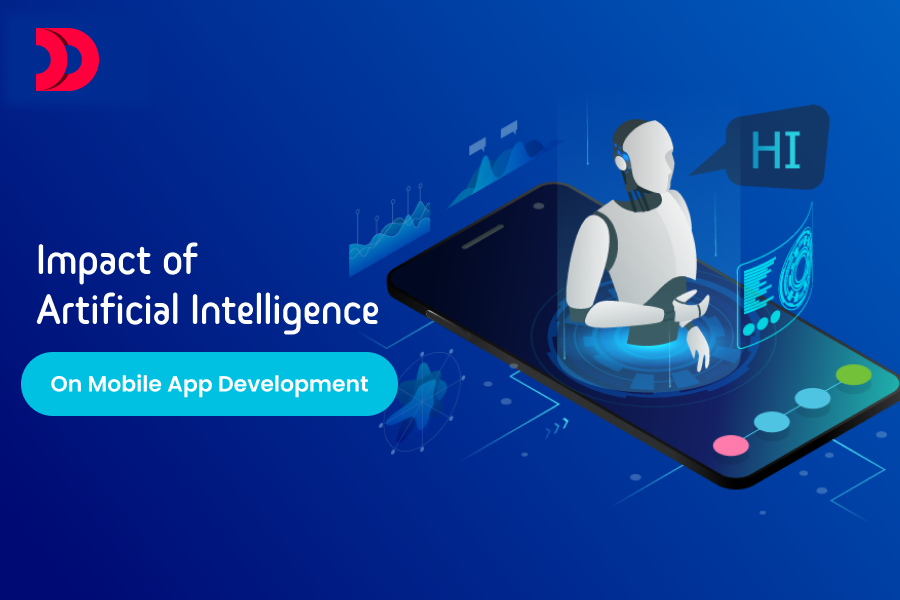
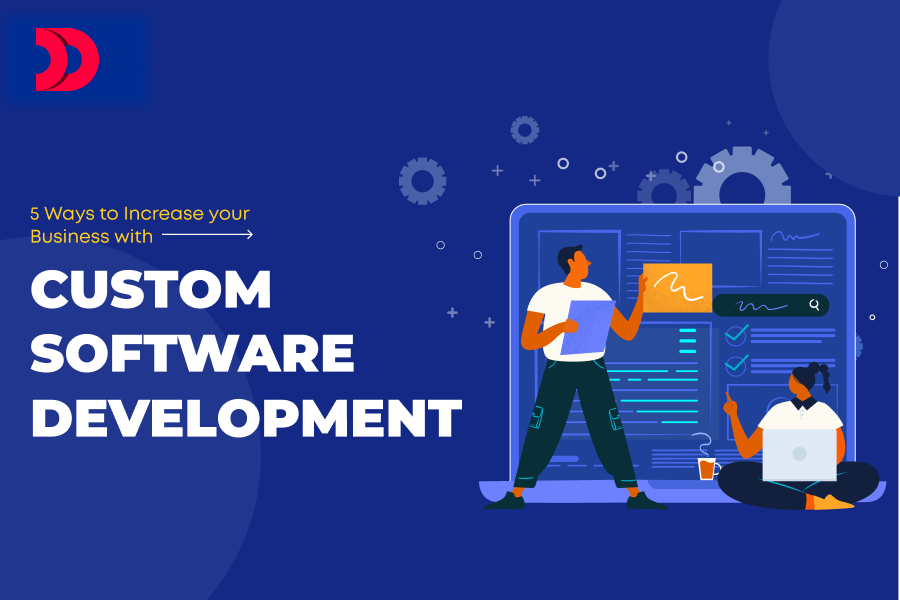
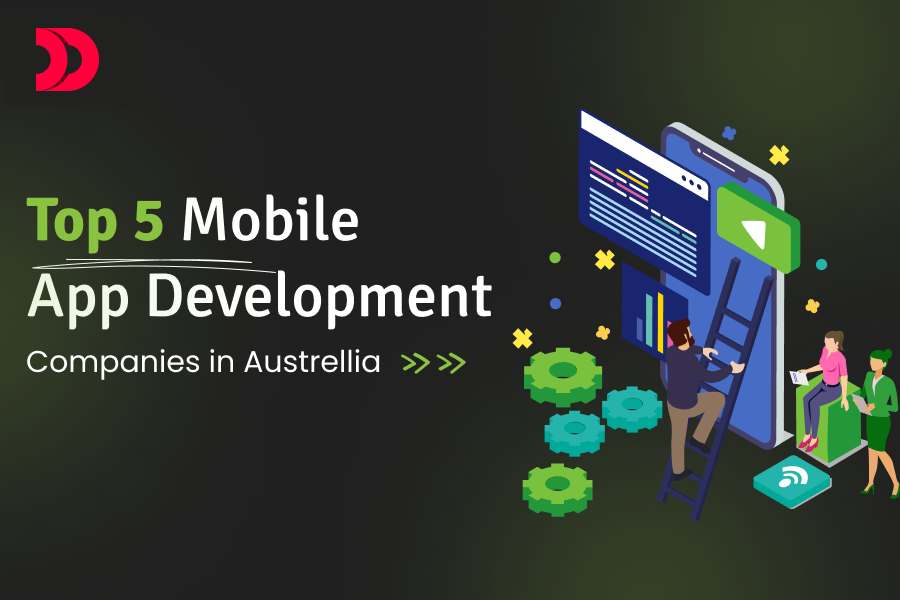
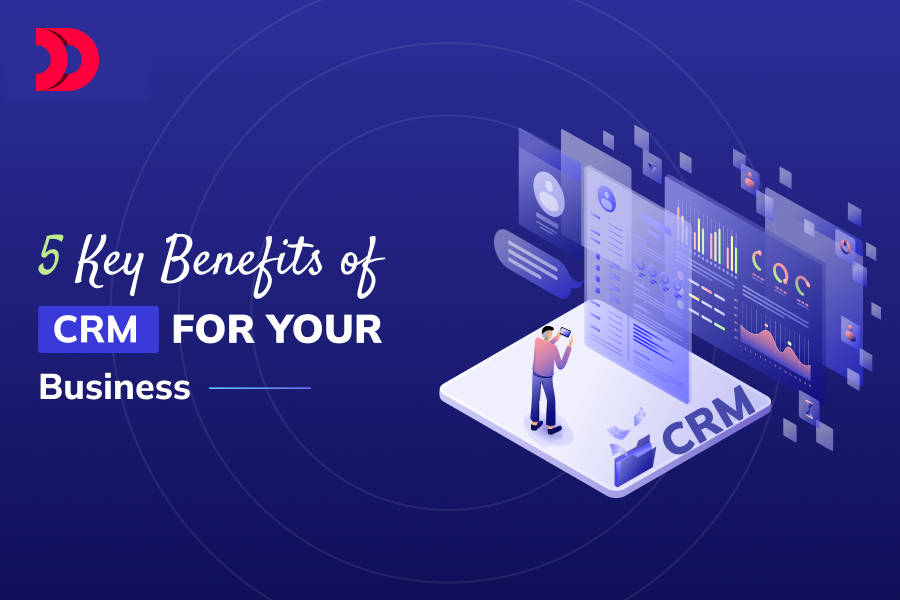

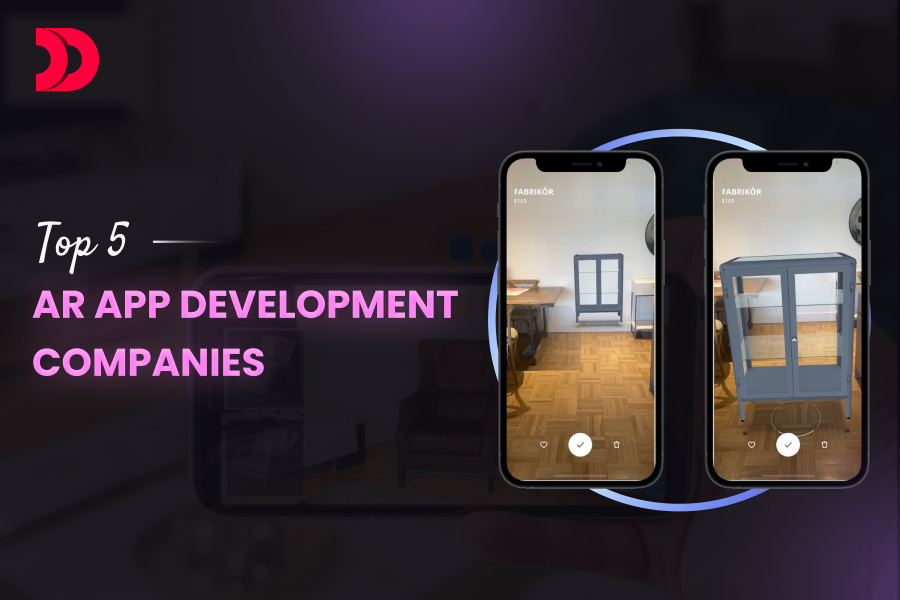
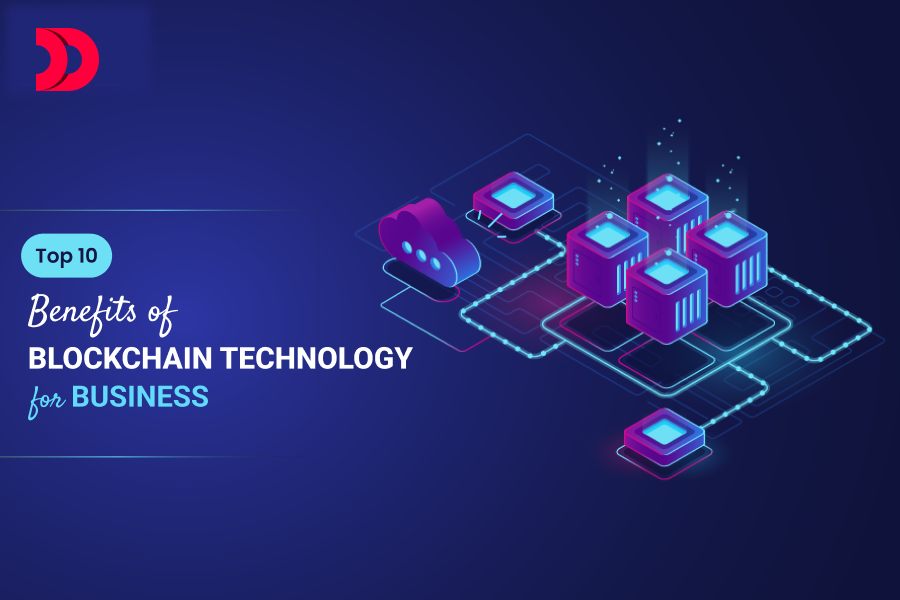
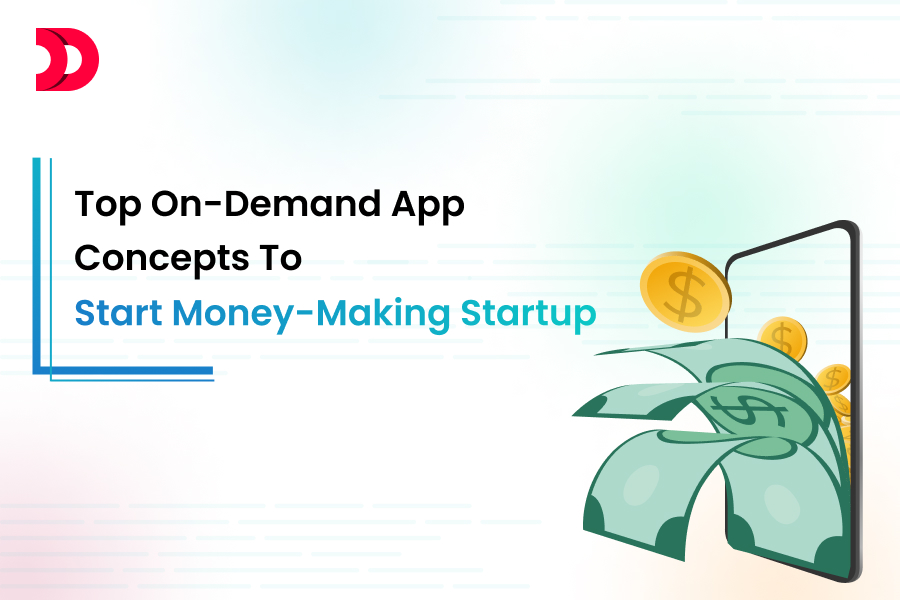




originil.webp)

originil.webp)

